Naledi Tshegofatso Modupi is a South African artist and illustrator whose work boldly explores black womanhood, identity and the strength of African women. Known for her bold use of continuous lines and colour, her style is distinct, with a focus on the digital medium, she creates works that are both visually dynamic and deeply symbolic. Her journey, which began in her South African community, has taken her across the world, with her art showcased in cities like London, Cape Town, and Chicago. In this interview, Naledi reflects on how her creativity was nurtured by her family and how discovering black female artists in high school sparked the idea that art could be her career. With a focus on both digital and traditional mediums, she discusses how her work serves as a tool for empowerment, particularly for African women, whose stories and experiences she brings to the forefront through her unique style.
At the core of our conversation is the theme of Empowering Progress, which Naledi embodies in her mission to uplift and celebrate African women through her art. She talks about the importance of representation and how her art challenges narrow narratives about black women, offering instead a nuanced, multifaceted celebration of their strength, vulnerability, and beauty. She also speaks candidly about the challenges she faces, from battling creative doubts to finding her voice while exploring how her community and upbringing have shaped her perspective, why collaboration is central to her artistic philosophy, and how she’s striving to ensure her work is accessible and meaningful to the very people whose stories it represents. Naledi’s story is one of commitment, using her platform to inspire others, drive progress, and redefine how African women are seen and celebrated in the global creative space.
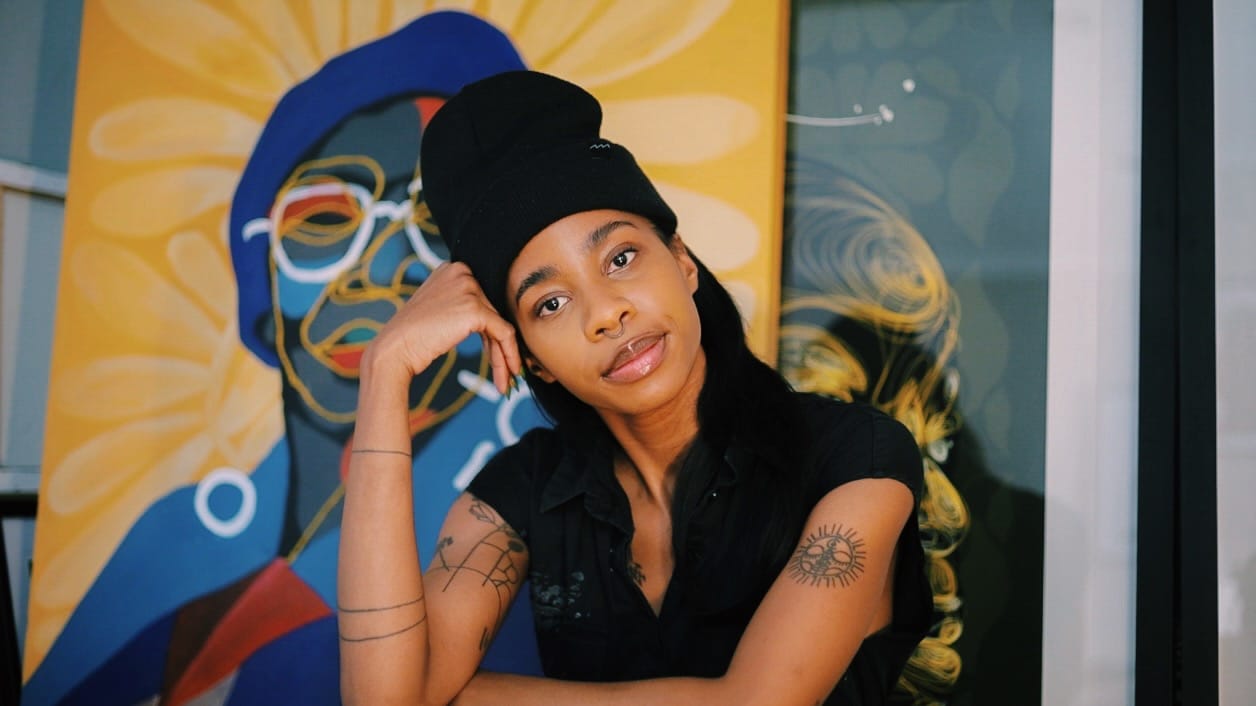
To start, could you tell me about your background? What was your journey like growing up, and is this the path you always envisioned for yourself?
I’m from Johannesburg, South Africa, specifically the east end. My community is quite traditional and straightforward. The idea of a "party life" doesn’t really exist there. People grow up to become teachers, doctors, or other conventional professionals. So, becoming an artist wasn’t something I ever considered because I simply didn’t see any artists around me. I didn’t even realise it was a career option.
That said, I’ve always loved creating. Drawing, making things, it's something I’ve done my entire life. I was raised by women, including my mum, who is incredibly creative herself. However, she never pursued a creative career, so I never saw her as an example of what was possible in that sense. But looking back now as an adult, I realise I grew up in a very creative household. I only truly considered becoming an artist in high school. That’s when I first learned about Black artists and women in the art industry through the textbooks we studied. My family had always nurtured my creativity; it was never discouraged.
But until high school, I saw it as just a hobby. Taking art as a subject changed that perspective. I remember in grade 12, I learned about Black female artists from South Africa, and that opened my eyes to the many possibilities ahead of me. That was the moment I started seeing art as a real career path.
That definitely makes sense. What would you say was the key moment that sparked your professional journey? The moment when you thought, 'This is what I need to pursue now'?
The very first time I felt like I truly belonged was in the art space. My community embraced my craft so quickly when I started sharing my art, even while I was still studying. It felt amazing to be accepted so easily. Before that, I was just studying for the sake of it, just to get a job and make a living.
But when I started creating and sharing my art, I felt a new kind of excitement, not just for what I was doing, but for my future, which was something I had never really been excited about before. It just felt right. Like I had finally found myself, and everything was aligning perfectly. It also happened to be my final year of university, and at that point, I realised I could actually do this.
Opportunities started coming my way, and I was even able to start making money while still in school. By the time I graduated, it already felt like my career had begun. I just jumped right into it, and I have no regrets. I know this is where I belong. I just need to work harder, be more intentional, and fully commit to this journey. But there’s no doubt, this is what I’m meant to do.
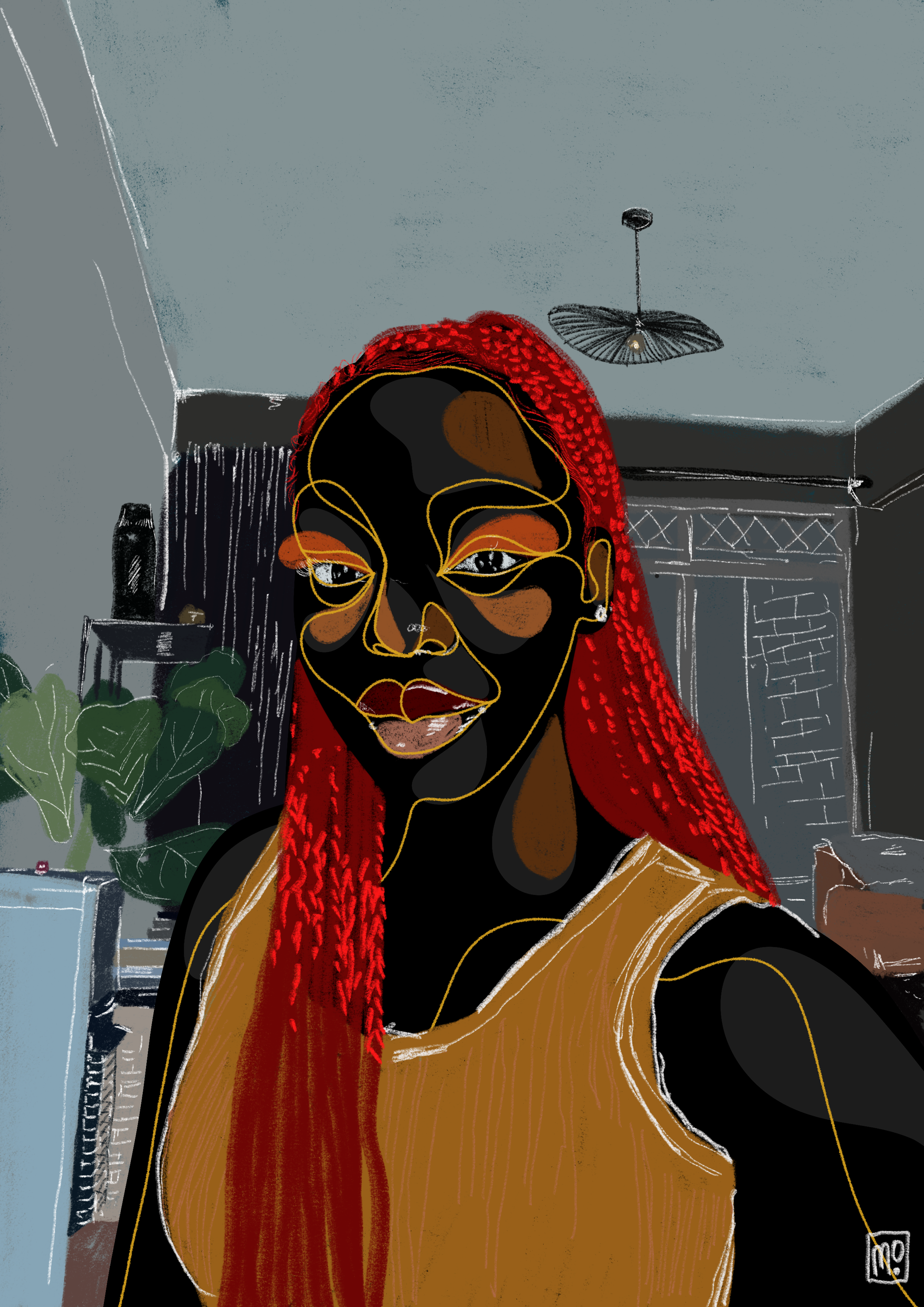
Having started early, you've explored different mediums. Currently, your focus is on digital art with some traditional elements. What led you to choose digital as your primary medium?
If I had to describe myself, I’d say I’m a multidisciplinary artist. In high school, I took art as a subject, and every term, we worked with different mediums. Each term was an opportunity for me to learn something new, whether it was oil paint, acrylic, charcoal, or even sculpting figures from clay.
That experience shaped me into someone who’s always open to exploring new techniques because I get bored easily. I never wanted to limit myself to just one medium. Digital art came into my life at a time when I couldn’t afford to experiment with all these different materials. Then I discovered Procreate, which had everything: acrylic brushes, oil paint brushes, and endless possibilities.
It allowed me to create whatever I imagined without worrying about buying expensive supplies or storing physical artwork that might get damaged, especially since I didn’t have buyers yet. That’s how I stumbled upon digital art, and it quickly became where I felt most comfortable and expressive. While I’d love to expand more into traditional pieces, digital art remains my safe space, and it’s where I truly feel free to create.
Making the most of the resources you have is key. Speaking of creating, how would you describe your process, from the initial idea to completing a full piece of work?
I don’t usually start with a clear idea in mind, I just know I want to recreate a photo. Most of the time, it’s either a picture of a friend or an image I love but don’t feel like sharing as just a photo. Instead, I start wondering how I can reimagine it.
I also have a lot of fun with my pieces, and I can almost always tell which season of my life I created them in. I naturally gravitate toward certain colours depending on how I’m feeling. When I look back at my work, I can see when I was happy and excited, and I can also tell when I was going through a darker time. I don’t plan my pieces, I just start reimagining a photo and keep going until I feel like there’s nothing more to add. That’s when I know it’s done.
With my traditional paintings, though, it’s a different story. I find them a bit intimidating because there’s no undo button. With digital art, I can start over or make quick changes, but traditional painting feels more final, and that makes me hesitant. That’s probably why I don’t create as many traditional pieces. I often try to plan them out first, just to see how they’ll look. But when I transfer that vision onto a canvas and it doesn’t turn out exactly as planned, I start doubting myself. Right now, I’m working on becoming more comfortable with traditional painting, learning to embrace the process and accept that I can’t go back. I want to let that be part of the story I tell through my art.
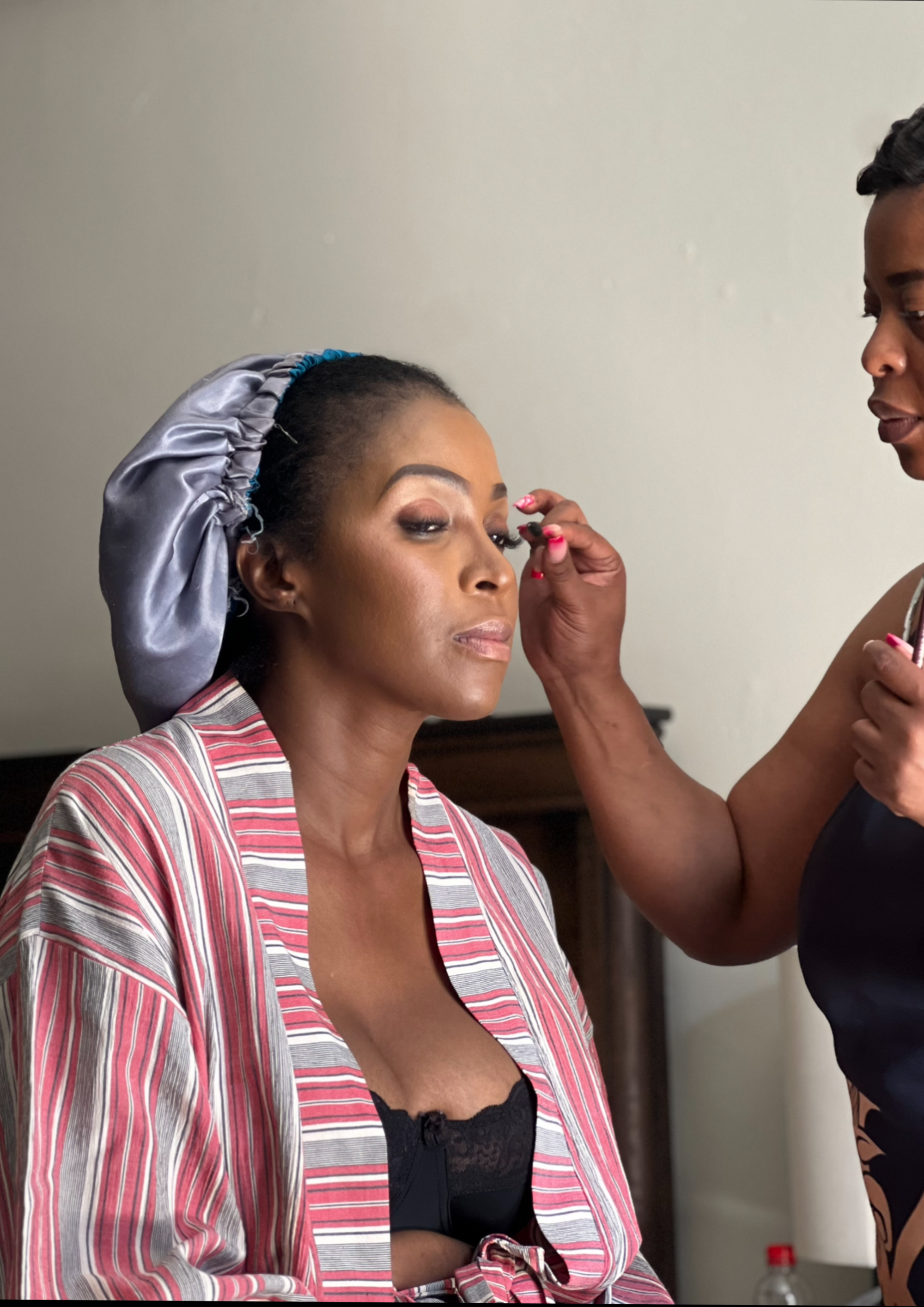
Many artists can likely relate to that. You mentioned photography and recreating, which is fascinating. How do you select the photographs you work with?
I enjoy taking photos. Not that I’d call myself a photographer, but I love capturing moments. If you’ve ever seen my personal Instagram, you’d know it’s like my own little doodle diary, a curated space filled with things I find interesting. I have so many photos that I don’t know what to do with them. They’re mostly friends, family, or even just people I come across. I hesitate to share them sometimes because they don’t always have a clear subject or a “fun face” that makes them instantly engaging.
But every now and then, I take a picture that feels special to me, even if it wouldn’t mean much to anyone else. One example is a photo I took of my aunt doing my mom’s makeup for her wedding. It was such a beautiful, intimate moment, but I knew that to an outsider, it might just seem like another picture.
That’s where my art comes in. Instead of letting these moments stay hidden in my camera roll, I recreate them in my style, transforming them into something more universal, something that can connect with others in a different way. That’s how I choose which pictures to turn into art. It’s about giving a photo a longer life, allowing it to exist beyond just being an image on my phone.
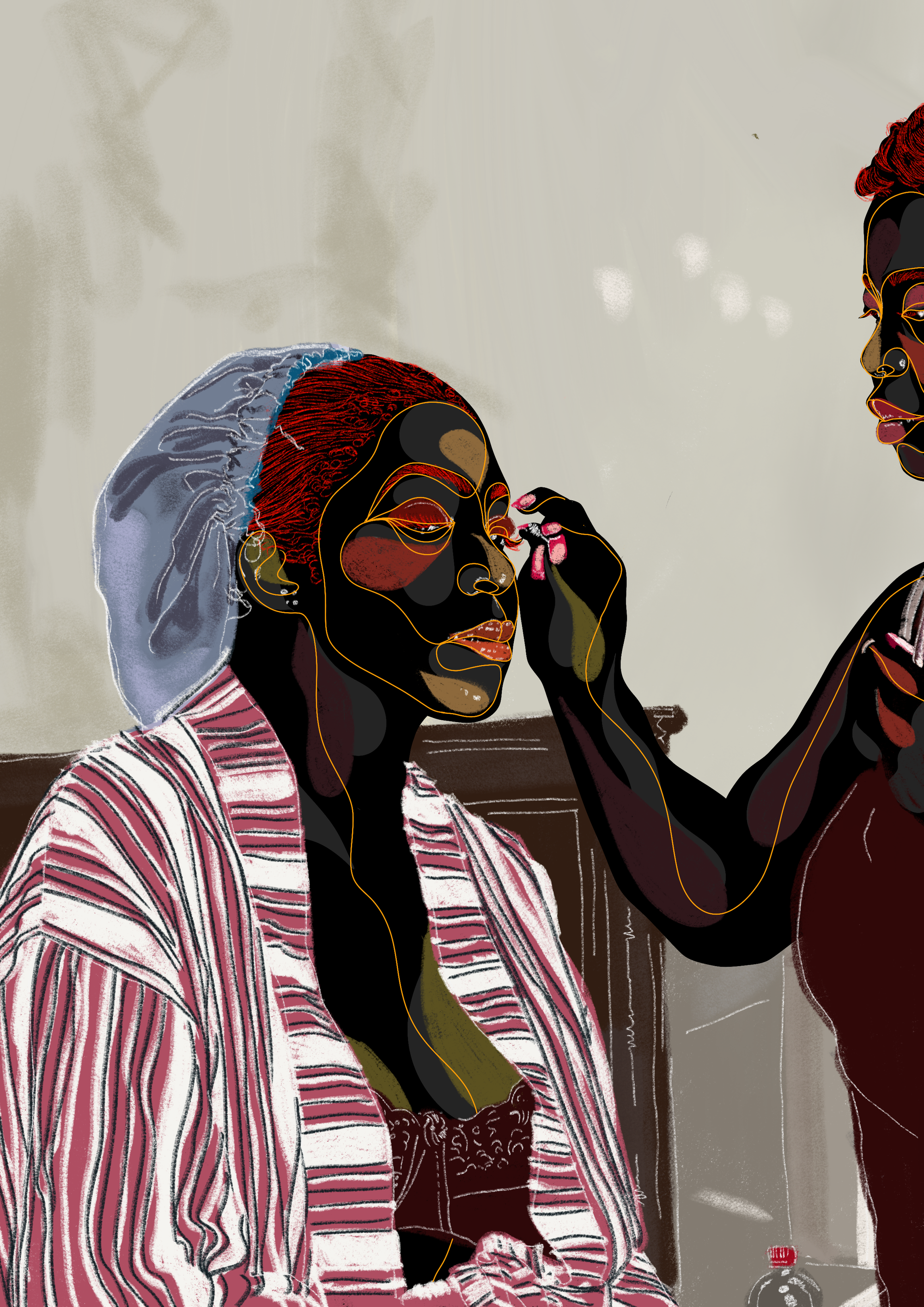
That’s wonderful. The photograph of your mom and aunt leads perfectly into my next question. Your work often centres on women, particularly Black women, and you share their stories with such depth. How did that focus come about, what does it mean to you personally, and why do these stories resonate with you the most?
I don’t really enjoy talking; that’s just who I am, whether in social settings or one-on-one. I think I’m more of a listener, an observer. Growing up, I was surrounded by women—my mum, my granny, my entire community was filled with women, except for my younger brother.
That gave me a unique perspective, a chance to not just learn about women but to really understand how different we all are. Society tends to put Black women into one box, but in reality, we’re so layered, so complex. Each one of us carries a different kind of strength. Take my grandmother on my dad’s side; she’s calm and quiet, but unbelievably strong in her own way. People don’t often talk about that kind of strength, the kind that doesn’t need to be loud to be powerful. Then there’s my mum; bold, outspoken, the kind of woman you see on TV when they talk about “strong Black women.” But even she has a softer, more vulnerable side that doesn’t always get acknowledged.
I want to tell these stories. I’m still figuring out how to do it in a way that truly captures what I see and feel, but that’s the heart of my work. Right now, I’m celebrating womanhood and being African, and I’m happy with that. But I also know there’s more I want to say, more layers to uncover. I don’t think I’m even halfway there yet, but what I’m creating right now feels right.
Thank you for sharing that. How does it feel to hear people describe your work as empowering, and how has your art empowered you personally?
It makes me feel really proud. It might seem small in the grand scheme of things, but it does feel like I’m contributing to the world in my own way. You have doctors who heal people, activists who fight for change, and all these people doing big, tangible things to impact lives.
And sometimes, especially in the creative space, it’s easy to feel like you’re not doing “real work” that changes the world. But in moments like this, I’m reminded of how important these little pockets of creativity are. Art empowers people. It brings life, joy, and a sense of pride—not just to those who experience it but to the artist as well.
Through my work, I’ve learned to embrace who I am, knowing that who I am is worth celebrating. I put my art out there, and people connect with it, celebrate it, and love it for what it is. More than anything, it’s incredibly special to see other women, especially Black women, see themselves in my work and feel embraced, seen, and celebrated. That’s powerful. Because for so long, we’ve been defined by a single narrative, a single image of strength, but we are so much more than that. Through my art, I want to show that we are complex, vibrant, and beautifully layered. And if my work helps even one person feel truly seen, then that is enough.
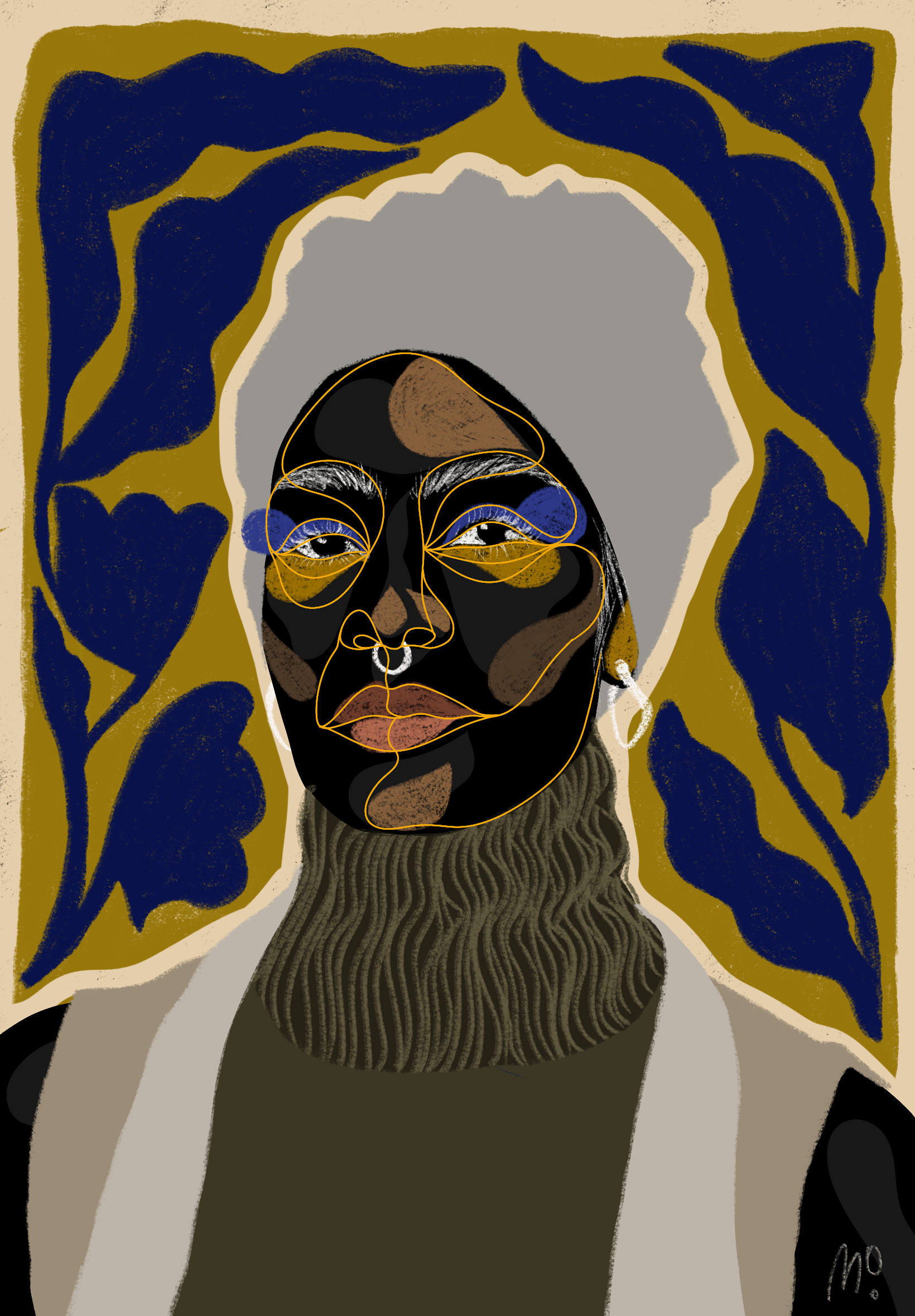
Art has a unique power in storytelling. You once described it as your 'saving grace.' Could you elaborate on what that means and how art has personally impacted your life?
The world, as a whole, gives me so much anxiety because it’s so uncertain; I never know what tomorrow will look like. But my art is my safe place, my little sanctuary. It’s the one space where I have control over how my world looks, how I imagine it, and how I bring it to life.
Everything in it is shaped by me, and the people who step into it, whether by viewing, embracing, or sharing it, are part of that experience. At the same time, art has given me a kind of freedom I didn’t always have. The freedom to speak, to belong, to exist in a space that feels entirely my own. In many ways, it has even provided financial freedom, proving that I can carve out a place for myself in the world through my work.
There are no rules, just endless possibilities. It came at a time when I really needed to feel like what I had to say mattered, that I mattered. And through my art, I found that space. I found that voice.
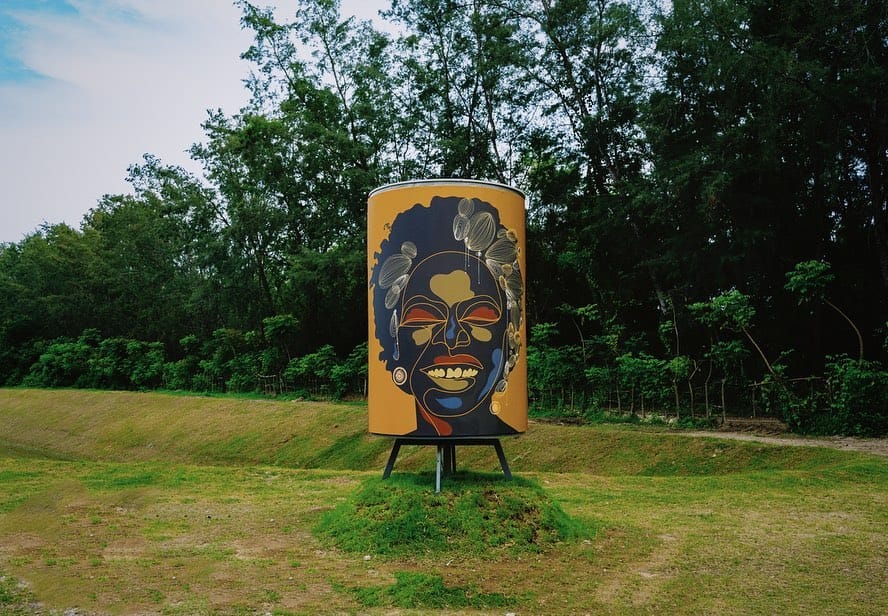
That’s wonderful. On the topic of people embracing your work, you’ve collaborated with brands like Converse and Birkenstock. How significant is collaboration for you in your creative journey?
It’s extremely important. As an artist, I had to define the kind of artist I want to be. I have friends whose work is in galleries, and I completely understand the power of that. My art could be in galleries, but I don’t think it would communicate what it’s meant to be in that space.
I want my art to be on everything. I want it to be accessible, to exist in everyday life, to reach the people whose stories it tells. My art is meant to speak to the community that raised me, so if it isn’t accessible to them, then it’s not truly fulfilling its purpose.
That’s why collaborations excite me. Seeing my work on brands I grew up with, on things my mum and the people around me wear and use every day, it makes the connection real. I love the idea of my art being a constant reminder to people, whether on sneakers, home decor, or even something as simple as tea or toothpaste. I want it to remind people of their power, of their beauty, of womanhood, of our stories. That’s my goal, beyond myself.
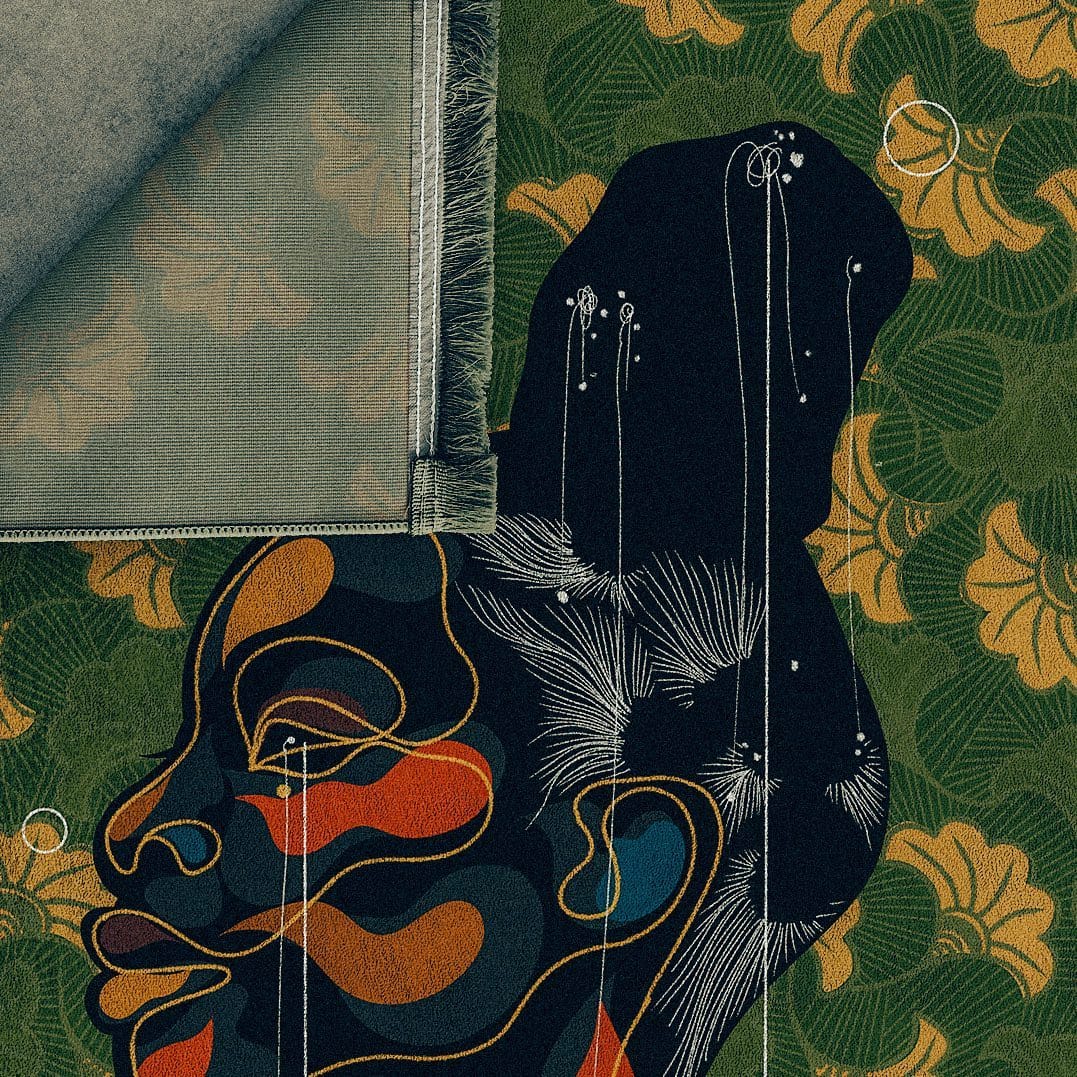
You're creating for the people who raised you, for your own community. How does your community shape your art, and in turn, how does that impact you personally?
I think I’ve touched on this before, but to take it a step further, my community influences me deeply as an artist and in my life’s journey. I see so much talent and greatness around me, yet many people don’t chase their dreams. It’s not that they don’t see their magic; maybe they do, but they don’t always believe it’s worthy of being shared with the world. That motivates me.
I want to share these stories in a way that uplifts and empowers others to believe in their own greatness. My community inspires me not just because of its stories, but because I want the people in it to see themselves, to recognise the beauty in their everyday lives and to understand that their experiences are worth celebrating.
One of the most beautiful moments is when my mum sees my work or hears me talk about her in interviews. It’s almost like she can’t believe that her story is something the world would want to hear. And that’s the thing—I don’t think we always realise how incredible our lives are. Maybe because they don’t look traditionally "glamorous" or because they are tied to being black in South Africa, to history and struggle. But there is beauty in all of it, in the realness, the authenticity. That’s my community. And I want to lift it up and share it with the world.
It’s wonderful to be reminded of that beauty. I’m also curious—who or what would you say are your biggest inspirations today?
My mum is my biggest inspiration. I know that sounds cliché, but she truly is. The kind of woman she is, so real, so unapologetically herself, has shaped me in ways I’m only now beginning to fully understand and appreciate.
Growing up, I didn’t really see her. She was just my mum, this person I didn’t always understand. But now, as I grow, I recognise why she is the way she is, and it amazes me. She’s incredible. And while I don’t want to be exactly like her, I want to embody that same authenticity in my own way. She inspires me to be real, to be bold, to be whoever I need to be at any given moment, because that’s just who she is.
If I can reflect even a fraction of that in my work, in my interviews, or in how I show up in the world, then I will. She is the kind of woman I aspire to be, and I remind myself of that every day. Whatever I do, I just want to show up as myself.
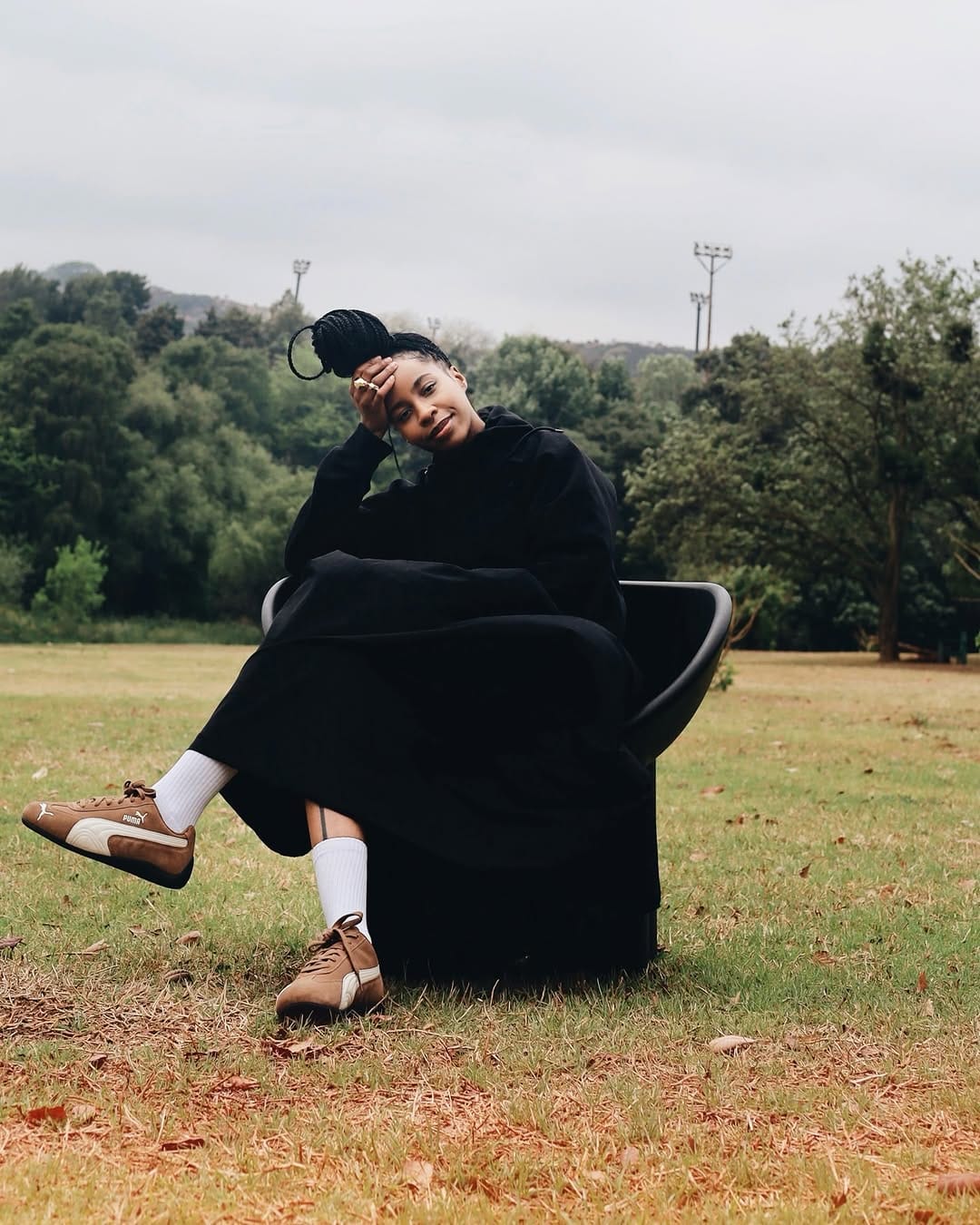
I love hearing about your progress, I would also like to know—what are some of the challenges you’ve faced, particularly as a woman in the art world?
I might be experiencing a bit of downtime right now. I’ve been feeling extremely insecure about my work, and honestly, I don’t even know how to fully explain it. For the past few months, I’ve been searching for the right words to describe what I’m going through, but all I know is that I feel stuck.
It’s like my work isn’t growing, and I’m not sure if I’m growing with it. That feeling of detachment is scary because my art has always been such a personal part of me. Right now, this is probably the lowest point in my artistic journey. I feel uncertain about where it’s going, and I know I need to step back and reassess. But, in a way, this interview has been a reminder of why I do what I do.
Even as I answer these questions, I catch myself thinking, “Wow, I actually do know what I need to do”. It’s like speaking my truth out loud makes me realise that I already have the answers, I just need to trust them. So, I guess this is my moment to reinforce my belief in my work, to grow with it, and to find my way forward again.
Even moments of uncertainty play a role in shaping us. What do you hope the future holds for your art and for you in general?
I really want growth. I want my art to reach more places and to live on more things, just like I mentioned before. But beyond that, I want to identify with my art in a deeper way. Right now, it feels like I have to tap into something external to create, and that’s not how it’s always been. I want to be so in touch with my creativity that it flows naturally, without second-guessing, without wondering if people will like it, or if someone will buy it, because at this point, it is my next meal, you know? And I don’t want that pressure.
For me, the future means my art existing for what it is, without anxiety, without the weight of expectations, but simply for the story it’s meant to tell. Because I can feel how powerful it’s going to be. It’s just about telling that story.
I love that, and I'm certain that the future will definitely bring all of these things. Thank you very much for speaking with me. It’s been lovely

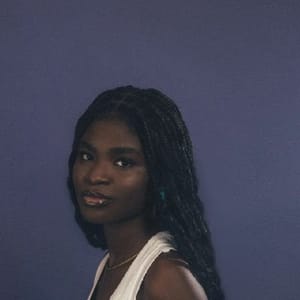
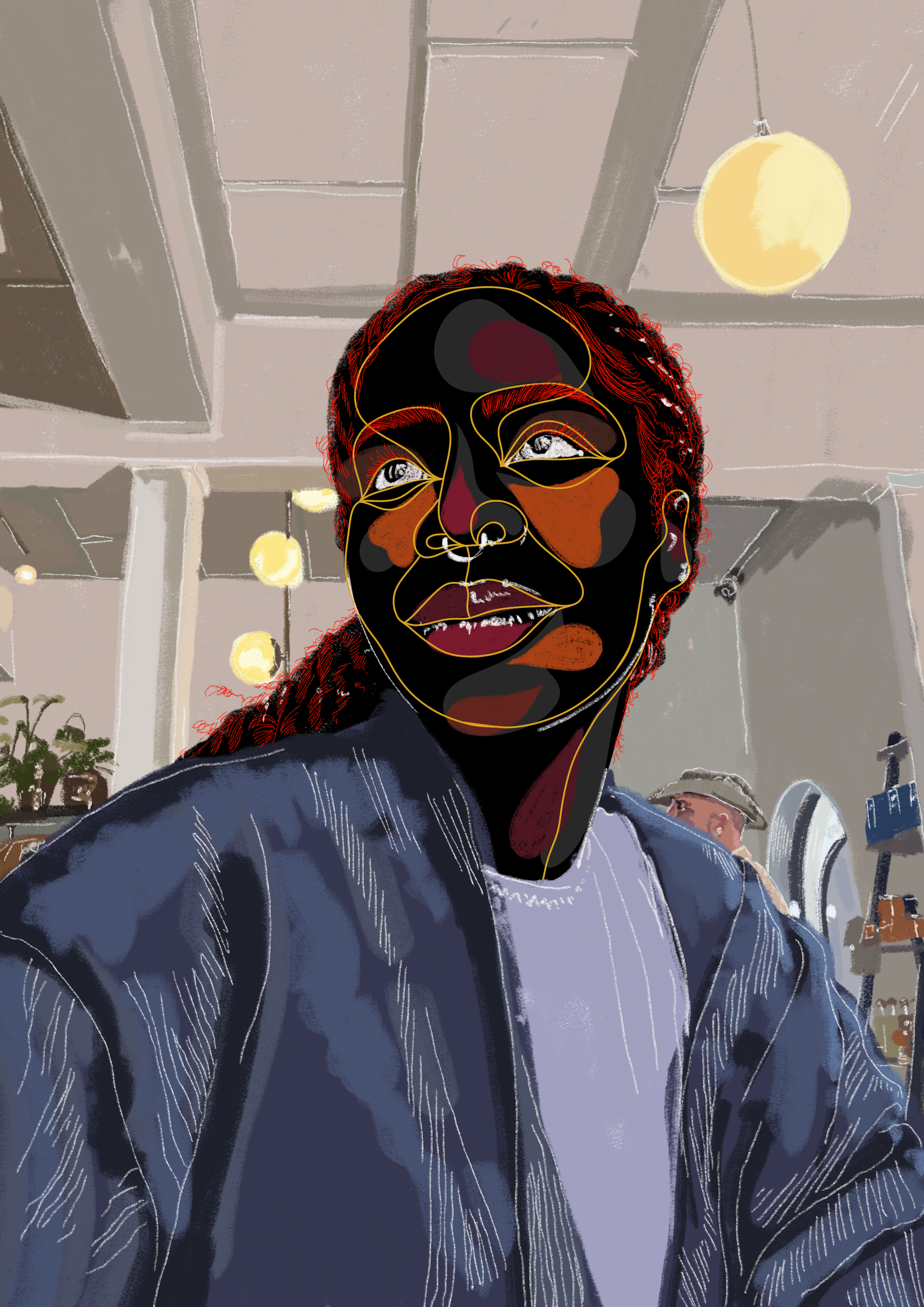
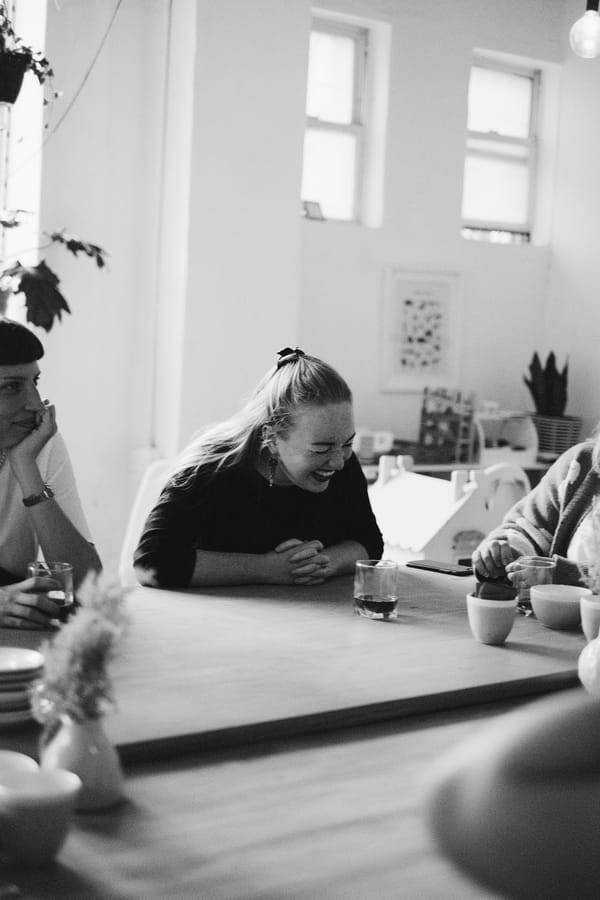
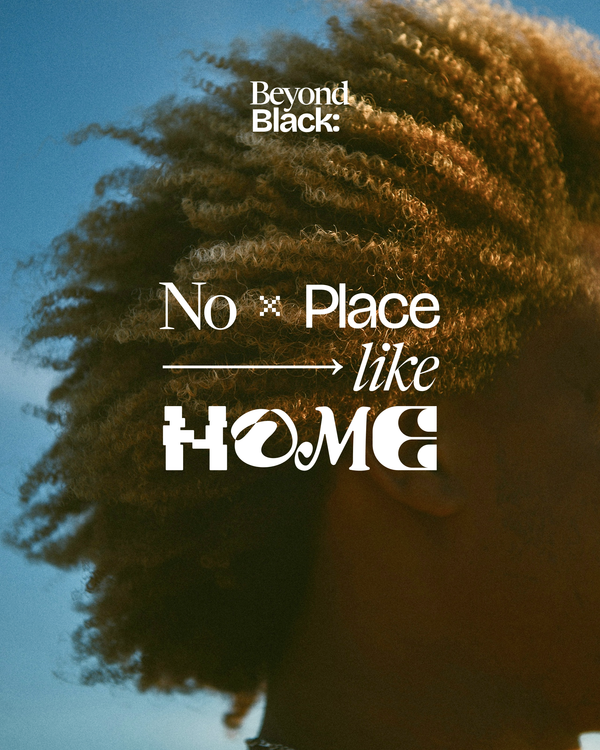
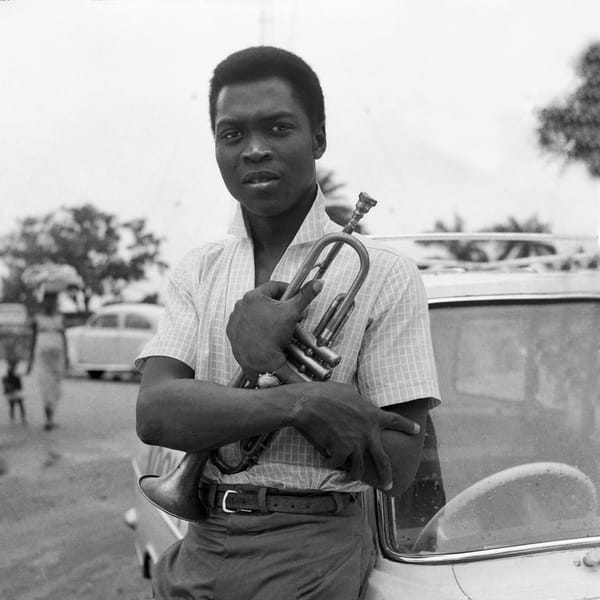
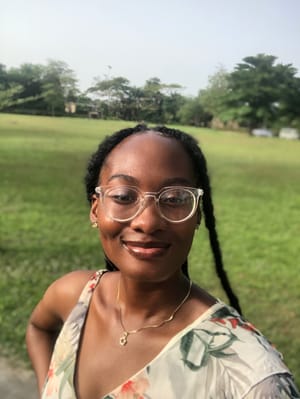
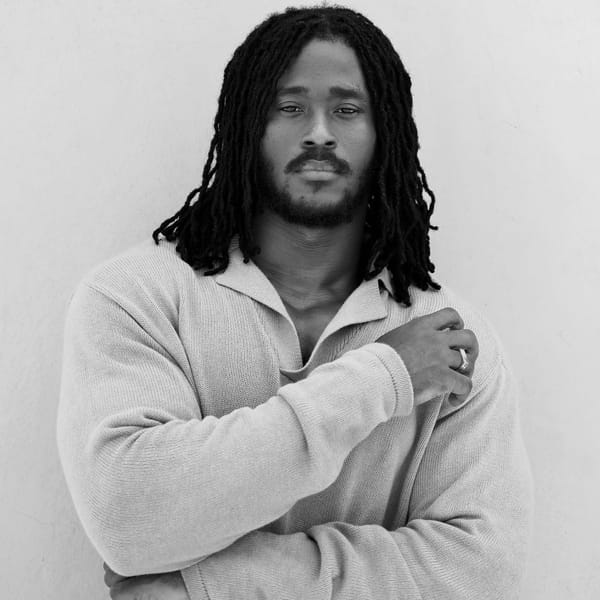
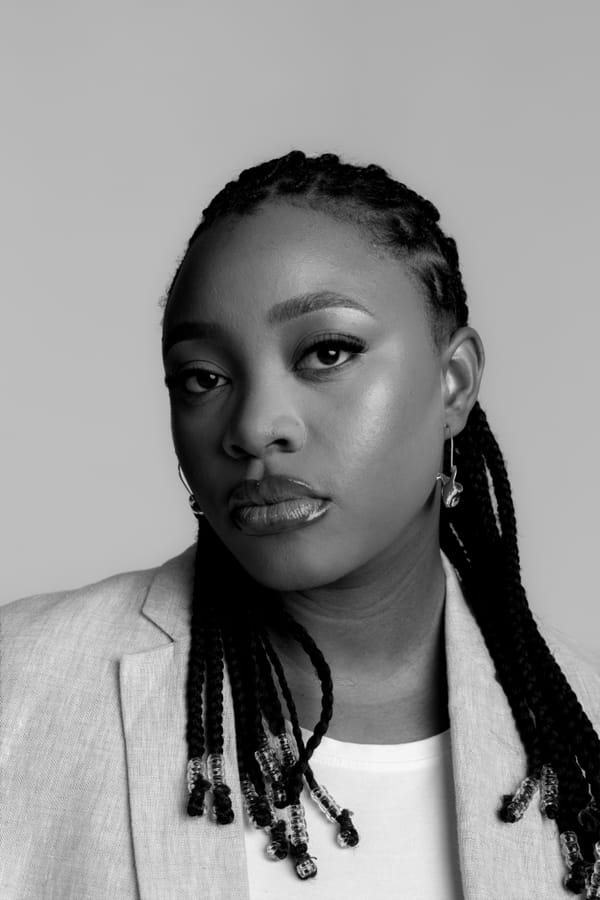
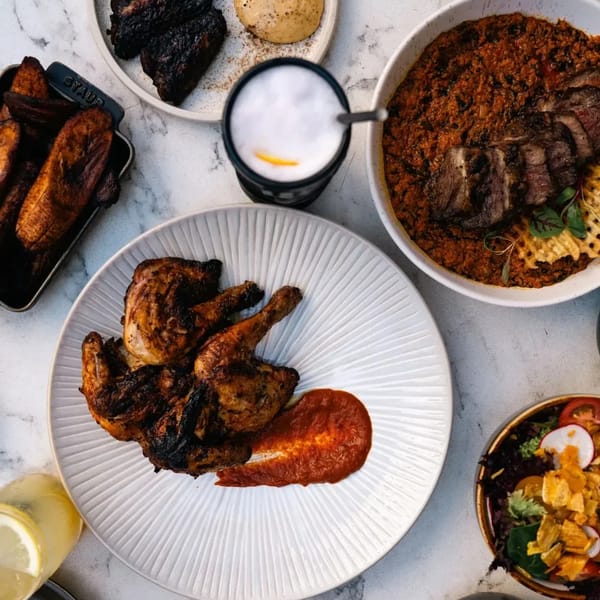
Member discussion